Tape
Tape
What is Tape in Packaging?
Tape is a versatile tool used in packaging to seal, secure, and protect items. It comes in various types, each designed for specific tasks. Understanding the different kinds of tape can help you choose the right one for your packaging needs.
Types of Tape
There are several types of tape used in packaging:
- Packaging Tape: This is the most common type. It is used to seal boxes and packages. It is strong and adhesive, ensuring your package stays closed during transit.
- Masking Tape: This tape is easy to tear and remove. It is often used for labeling or temporary holds.
- Double-Sided Tape: This tape has adhesive on both sides. It is used for mounting or sticking two surfaces together.
- Strapping Tape: This tape is reinforced with fibers. It is used to secure heavy packages.
Benefits of Using Tape in Packaging
Using tape in packaging offers several benefits:
- Security: Tape ensures that packages stay sealed and protected.
- Versatility: Different types of tape can be used for various packaging needs.
- Ease of Use: Tape is easy to apply and remove, making it convenient for packaging tasks.
How to Choose the Right Tape
Choosing the right tape depends on your packaging needs. Consider the weight of the package, the type of material, and the conditions it will face during transit. For heavy packages, use strapping tape. For general sealing, packaging tape is ideal. Always test the tape to ensure it meets your requirements.
Blog Posts with the term: Tape

Packaging levels refer to the layers of packaging used from production to consumer, including primary (direct product contact), secondary (grouping and branding), and tertiary (bulk handling). Each level serves distinct purposes in protection, marketing, transportation, and regulatory compliance....

Unique packaging designs enhance gift boxes by creating memorable unboxing experiences and reflecting the giver's care. Personal touches, eco-friendly materials, and innovative design elements can elevate both personal gifts and brand identity. Creative packaging for gifts makes a strong first impression,...
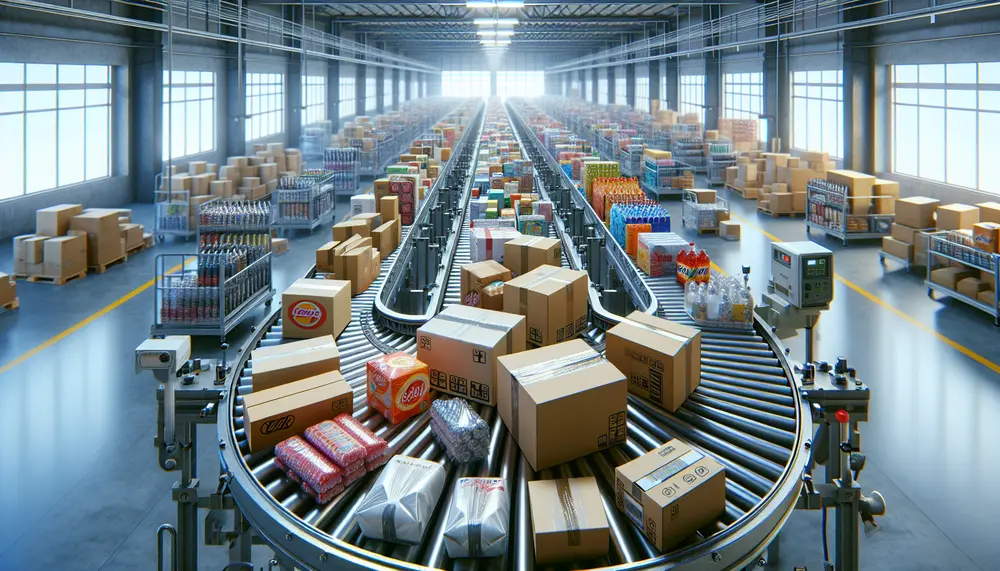
The Kenyan packaging market is valued at around $585 million, driven by sectors like agriculture and manufacturing which contribute to the GDP; growth in consumer demand has led to innovations such as small affordable packages and a shift towards sustainable...
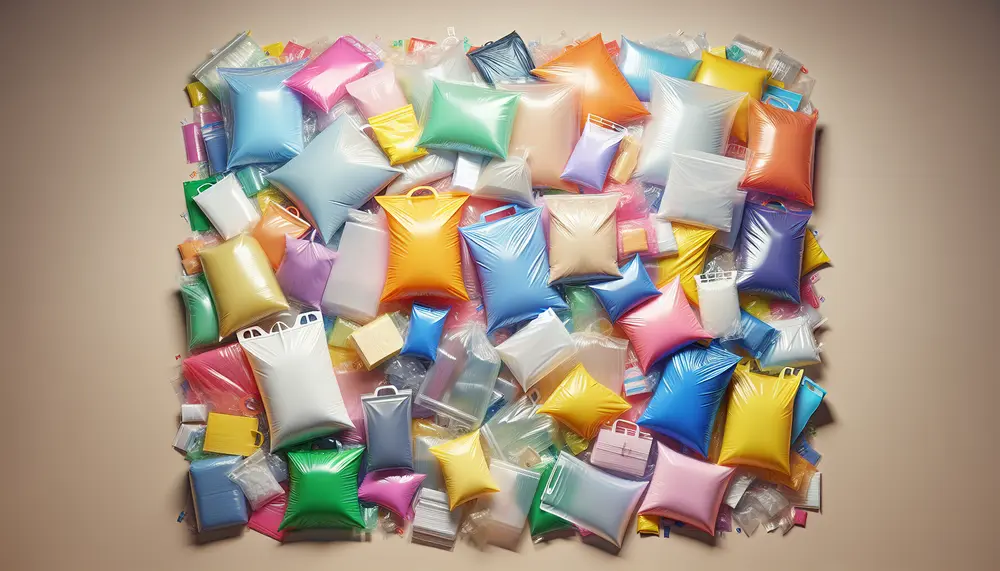
LDPE bags are versatile and durable packaging solutions made from Low-Density Polyethylene, suitable for a wide range of applications including food packaging, medical supplies, retail merchandise, industrial parts, and agricultural products. They offer benefits such as cost efficiency, protective qualities...

The packaging HS code is a ten-digit number essential for international trade, determining tariffs and ensuring compliance with regulations. It's part of the Harmonized System used globally by customs to classify products, where the first six digits are universal and...

OPP bags, known for their strength and clarity, are essential in packaging for protection, presentation, and preservation of products. They offer advantages like durability, resealability, cost-effectiveness but have drawbacks such as being non-biodegradable; various types exist to suit different applications. Different...

Remote packaging jobs offer flexible, home-based opportunities driven by e-commerce growth, requiring minimal qualifications and catering to diverse skill levels. These roles provide cost savings, autonomy, and steady demand but may involve challenges like repetitive tasks or managing distractions at...

Understanding the Basics of Packaging Materials in Agriculture: Agricultural packaging is essential for protecting produce during transport and extending shelf life, with material choice balancing product needs, efficiency, marketing appeal, and sustainability. Choosing the Right Packaging for Your Agricultural Products: Selecting...
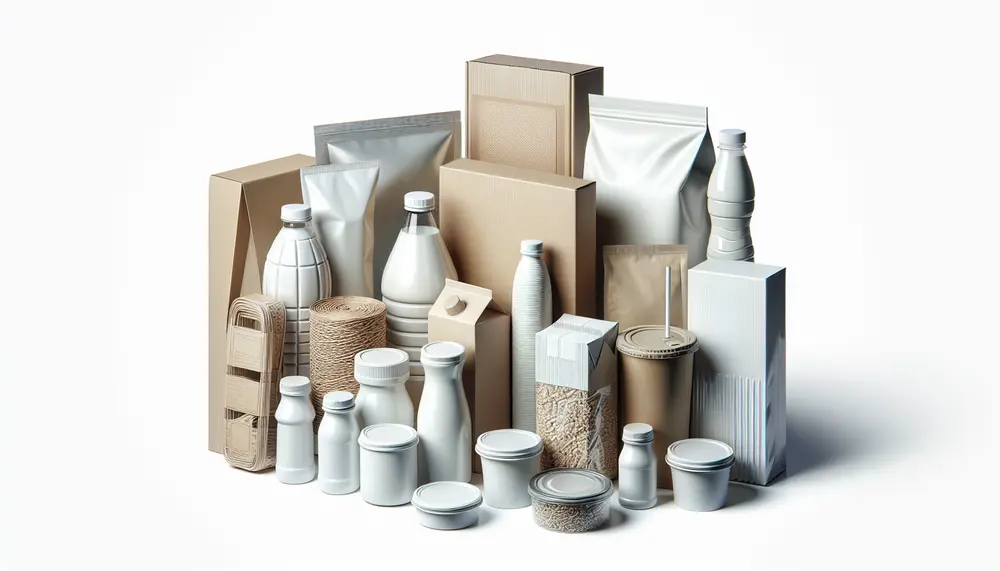
The guide explains the significance of MOSH (Mineral Oil Saturated Hydrocarbons) and MOAH (Mineral Oil Aromatic Hydrocarbons) in food packaging, highlighting their potential health risks due to migration into food. It emphasizes the need for ongoing research, industry regulation, and...
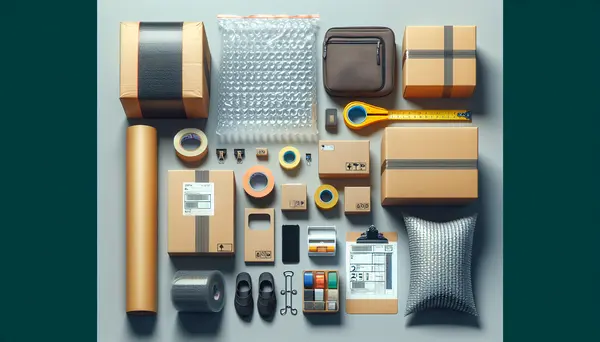
Zip packaging, also known as zip-lock or resealable packaging, is a versatile and functional form of product packing that maintains the freshness and quality of products. It plays a crucial role in ensuring product safety across various industries by preventing...

The conical shape is a versatile design element with applications ranging from structural strength to aesthetic appeal, and its dimensions are critical for accurate execution. Its evolution in modern aesthetics spans various disciplines, symbolizing progress and innovation while offering practical...

This guide offers step-by-step instructions for creative gift wrapping techniques like zig-zag folds, pocket methods, and origami accents to elevate your presents. It also provides festive packaging ideas using layered textures, custom tags, personalized elements, unique color palettes, and reusable...

Heat resistant packaging materials are designed to protect contents from high temperatures during transportation or storage, with various forms for different applications and levels of protection. Innovations aim to enhance heat resilience while considering cost-effectiveness and environmental impact. Thermal stability...

EO sterilization is a vital low-temperature method for medical devices, requiring packaging that allows gas penetration and maintains sterility. Packaging materials like PE, PP, polystyrene, nylon, PET, and multilayer laminates are compatible with EO but must be designed to ensure...
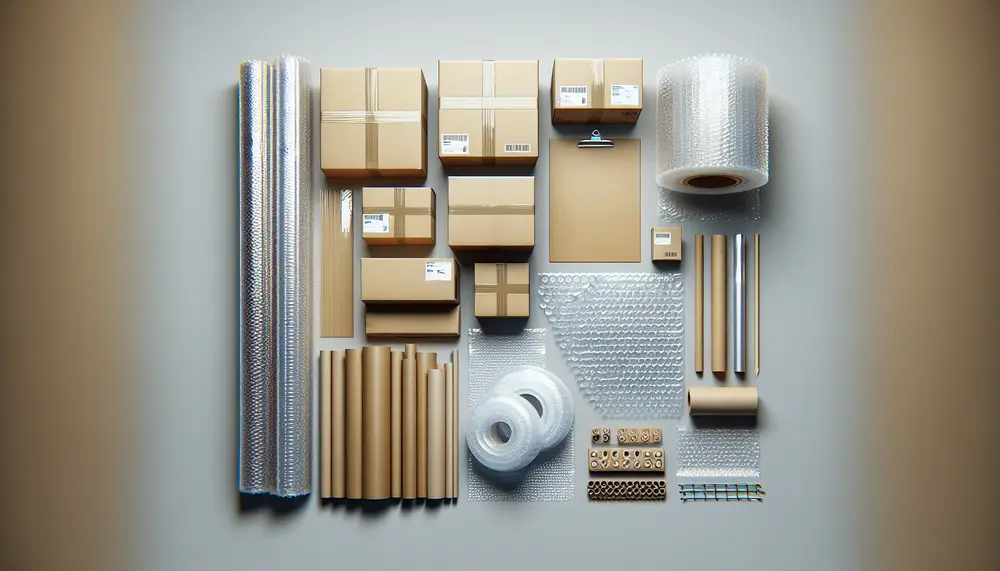
Packaging hazards pose risks to product safety during transportation and storage, stemming from physical damage, environmental conditions, and human error; addressing these requires a comprehensive design strategy. Shipping hazards are categorized into shock damage, vibrations, compression forces, and atmospheric conditions;...
